* (restored)

Generally
‘In 1821, the book A New-year’s present, to the little ones from five to twelve was published in New York. It contained “Old Santeclaus”, an anonymous poem describing an old man on a reindeer sleigh, bringing presents to children.
‘Many of Santa Claus’s modern attributes are established in the 1823 poem “A Visit From St. Nicholas” (better known today as “The Night Before Christmas”), such as riding in a sleigh that lands on the roof, entering through the chimney, and having a bag full of toys. St. Nick is described as being “chubby and plump, a right jolly old elf” with “a little round belly”, that “shook when he laughed like a bowlful of jelly”, in spite of which the “miniature sleigh” and “tiny reindeer” still indicate that he is physically diminutive.
‘As the years passed, Santa Claus evolved in popular culture into a large, heavyset person. One of the first artists to define Santa Claus’s modern image was American cartoonist Thomas Nast, an American cartoonist who immortalized Santa Claus with an 1863 illustration for Harper’s Weekly in which Santa is shown dressed in an American flag, and has a puppet with the name “Jeff” written on it.
The story that Santa Claus lives at the North Pole may also have been a Nast creation. His Christmas image in the Harper’s December, 1866 issue included the caption “Santa Claussville, N.P.” In 1869, a poem appeared in Harper’s titled “Santa Claus and His Works” by George P. Webster, which stated that Santa Claus’s home was “near the North Pole, in the ice and snow”. The tale had become well known by the 1870s.
‘The popular conception of Santa Claus’s home traditionally includes a residence and a workshop where he creates — often with the aid of elves or other supernatural beings — the gifts he delivers to good children at Christmas. Some stories and legends include a village, inhabited by his helpers, surrounding his home and shop.
‘By the end of the 20th century, the reality of mass mechanized production became more fully accepted by the Western public. That shift was reflected in the modern depiction of Santa’s residence—now often portrayed as a fully mechanized production and distribution facility, equipped with the latest manufacturing technology, and overseen by the elves with Santa and Mrs. Claus as executives and/or managers.’ — collaged
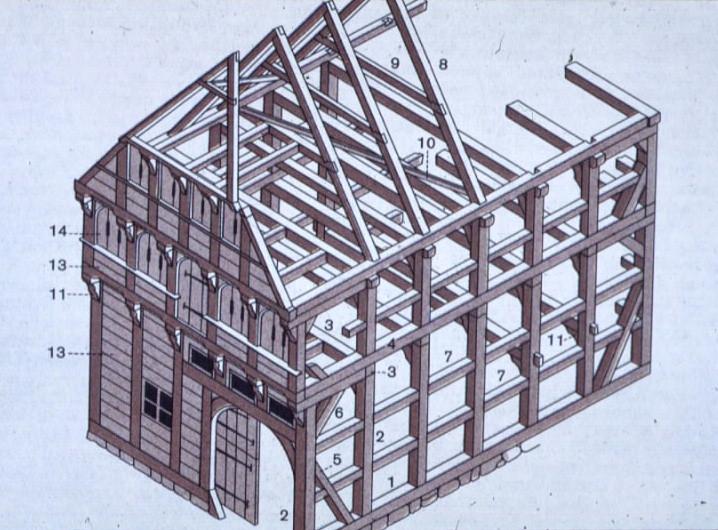
Architecturally
‘There’s an old riddle that challenges children to draw a diagram of a house without lifting their pencil or repeating a line. The basic shape is composed of a square with diagonals running from corner to corner, topped with a triangular roof. In Germany, kids are taught to speak one syllable of the phrase, ‘Das ist das Haus des Nikolaus,’ for each line they draw. The game is known as ‘The House of Santa Claus.’ This simple line drawing represents some of the architectural imagery that forms the setting of the Santa Claus myth. His home, village and workshop, have transformed through the centuries in step with the evolution of the man himself.
‘Scandinavian influence on the St. Nicholas myth formed the basis of the Santa Claus story and would be the first point of reference for his architectural traditions. Now living at the North Pole, his house was believed to be a traditional earth hut of northern Lapland. These circular homes were constructed of curving pine rafters that formed a dome shape, supported with sod and covered with reindeer skins. A hearth was placed at the centre of the room, vented through a smoke hole at the top of the structure. Village shaman would traditionally enter through these holes, thought to be the origin of Santa’s ritual chimney descent. Children in Denmark and Greenland today believe that Santa Claus lives in one of these huts on the island of Uummannaq in western Greenland.
‘As the legend of St. Nicholas continued to evolve, his home became associated with traditional Scandinavian log structures that combined the artistic skill and woodworking techniques of Viking ship building. Known as stave construction, unpainted vertical pine logs were set within a post and beam frame that supported a high pitch, wood shingle, pagoda style roof. Gables, doorways and structural supports were decorated with ornate wood carvings similar to the prow of a Viking ship. This timber frame, alpine image has prevailed through the centuries as a common representation of Santa’s home in popular culture.
‘Popular associations with the architecture that surrounded Santa changed in the late 1800s into the traditional half-timber buildings common in northern Europe. This construction style uses large oak timbers to create a structural frame that is filled with light coloured brick and plaster. The contrasting dark wood columns and angled bracing form a distinctive pattern that is expressed on the building’s exterior. This construction method was widespread across northern Europe and has become the predominant architectural imagery related to Santa Claus, found in snow-globes, children’s books and on Christmas decorations.
‘The 20th Century did see periodic diversions from this traditional imagery. In England, the characterization of Santa as a “right jolly old elf” resulted in his home being represented at shopping malls and department stores as a grotto or magical cave, the mythical home of Scandinavian elves. Popular children’s holiday cartoons such as Rudolph the Red-Nosed Reindeer and Santa Claus is Coming to Town, portrayed Santa living in a Romanesque style, Bavarian castle with towers, gables and ornamental turrets.
‘Modern interpretations have generally returned to the image of European half-timber buildings, but with the introduction of Santa’s workshop, the architecture of the North Pole has taken on a grander scale. Modern Hollywood movies describe Santa’s home as a bustling European style, medieval village surrounding a monumental production and distribution facility, equipped with modern manufacturing technology, staffed by teams of tireless elves.
‘As the depiction of Santa Claus has evolved through the centuries, so, too, has the architecture that provides a context to his myth. Santa’s timeless image will likely remain consistent in the future, but his architecture will continue to evolve.’ — Brent Bellamy, Number Ten Architectural Group

Interview
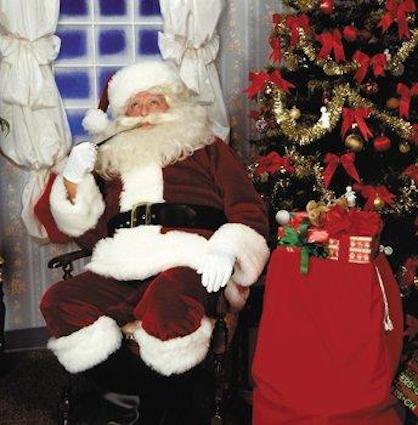
Do you have visitors at the North Pole?
Well it is a little difficult to give direction, because the North Pole is not stationary, the water above which is thick ice is constantly moving because of the ocean currents. If I were to give you directions on where we were by the time you got here we wouldn’t be here. If it were not for my reindeer’s keen sense of direction I might get lost too.
Do you live at your North Pole Village?
The North Pole is my permanent residence and the place I love the most. But, throughout the year I visit many cities and countries, where I stop and stay for a few days. Many of my favorite places to visit are a secret known only to Mrs. Claus and me.
What do you do when you’re not making toys?
Santa relaxes by walking in our forest just outside North Pole Village and listening to the voices of the wilderness. I also spend time preparing for next Christmas delivery by reading children’s letter. You know children write me all year long and I so do look forward to hearing from each of them. My favorite pastime is reading books and listening to music.
Do you understand animal language?
Why yes, I understand a little animal language. But actually the animals are very smart and they totally understand everything that I say. Have you found that you do not always understand one of your pets, but they understand things that you say or tell them. It’s really remarkable.
Are all the gifts made at Santa’s North Pole Village?
Not all of them. Some are made at home, and they are especially precious. You’ve surely heard of homemade jelly or mustard or hand knit wool socks. In some places there are little workshops that also help Santa by making gifts.
How many elves are there living at North Pole Village?
That’s something no one knows exactly. Elves are such fast little people, and they are rarely ever all in the same place at the same time. But when the sun sets in the North Pole, there are probably as many little elf toes under the blankets as there are stars in the night sky, if not more.
Do you have swimming trunks?
Indeed I do, and I use them regularly. I like to swim best in the summer but I am known to jump into the icy cold water and play with Polar Bears, but I always make sure the Elf lifeguards are on duty.
What does your house look like?
That’s a good question.
67 educated guesses
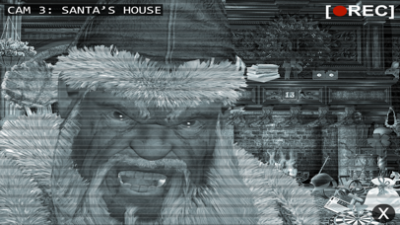


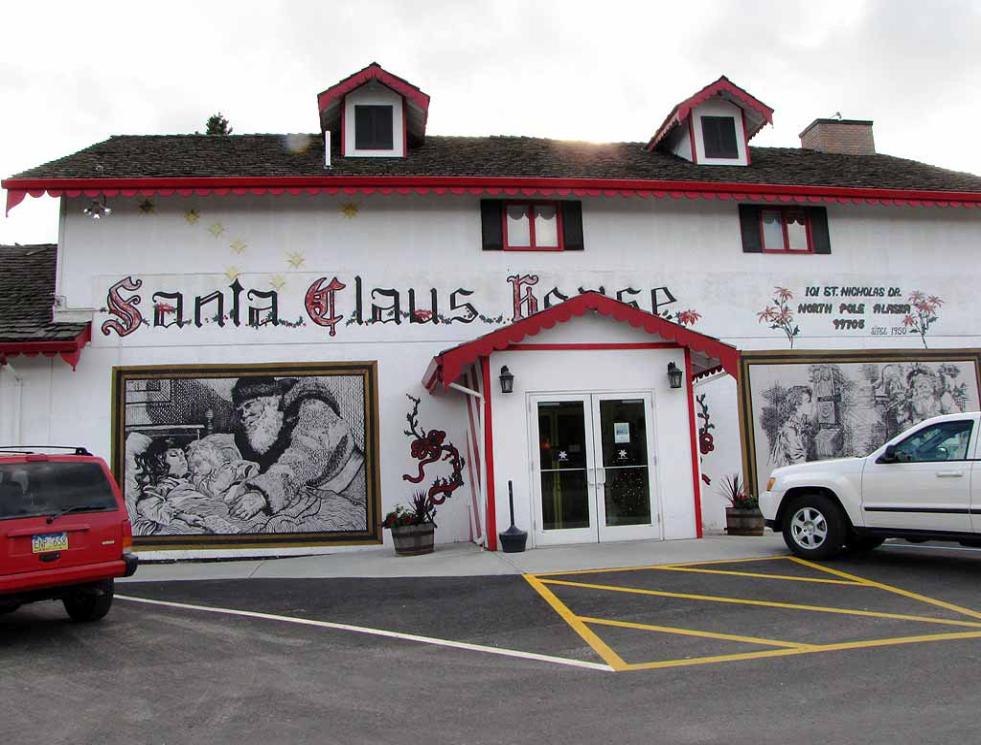
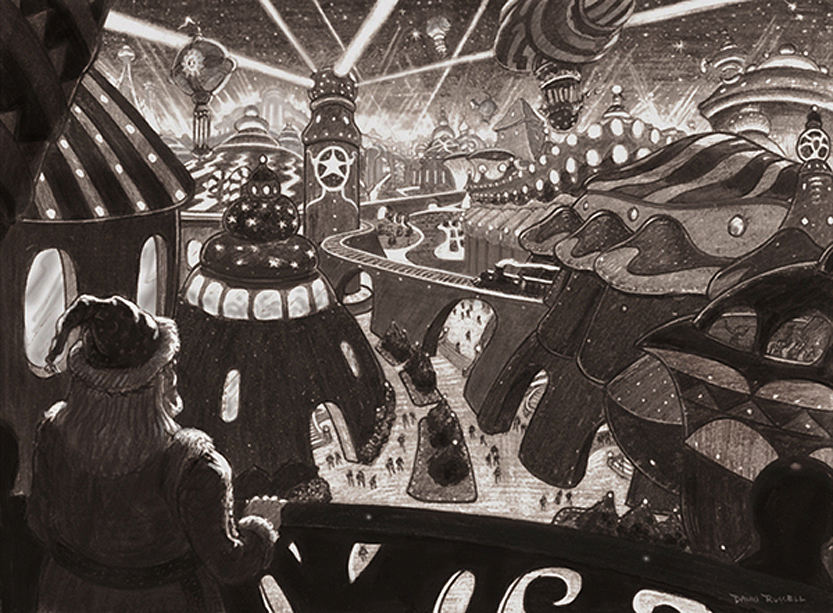
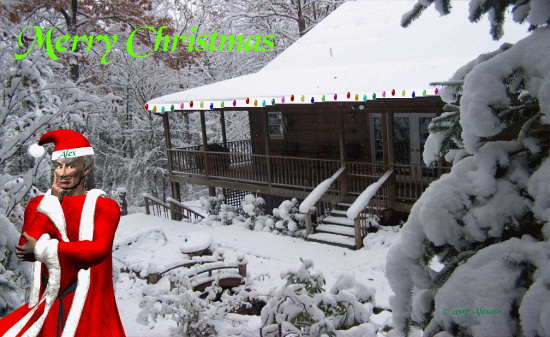


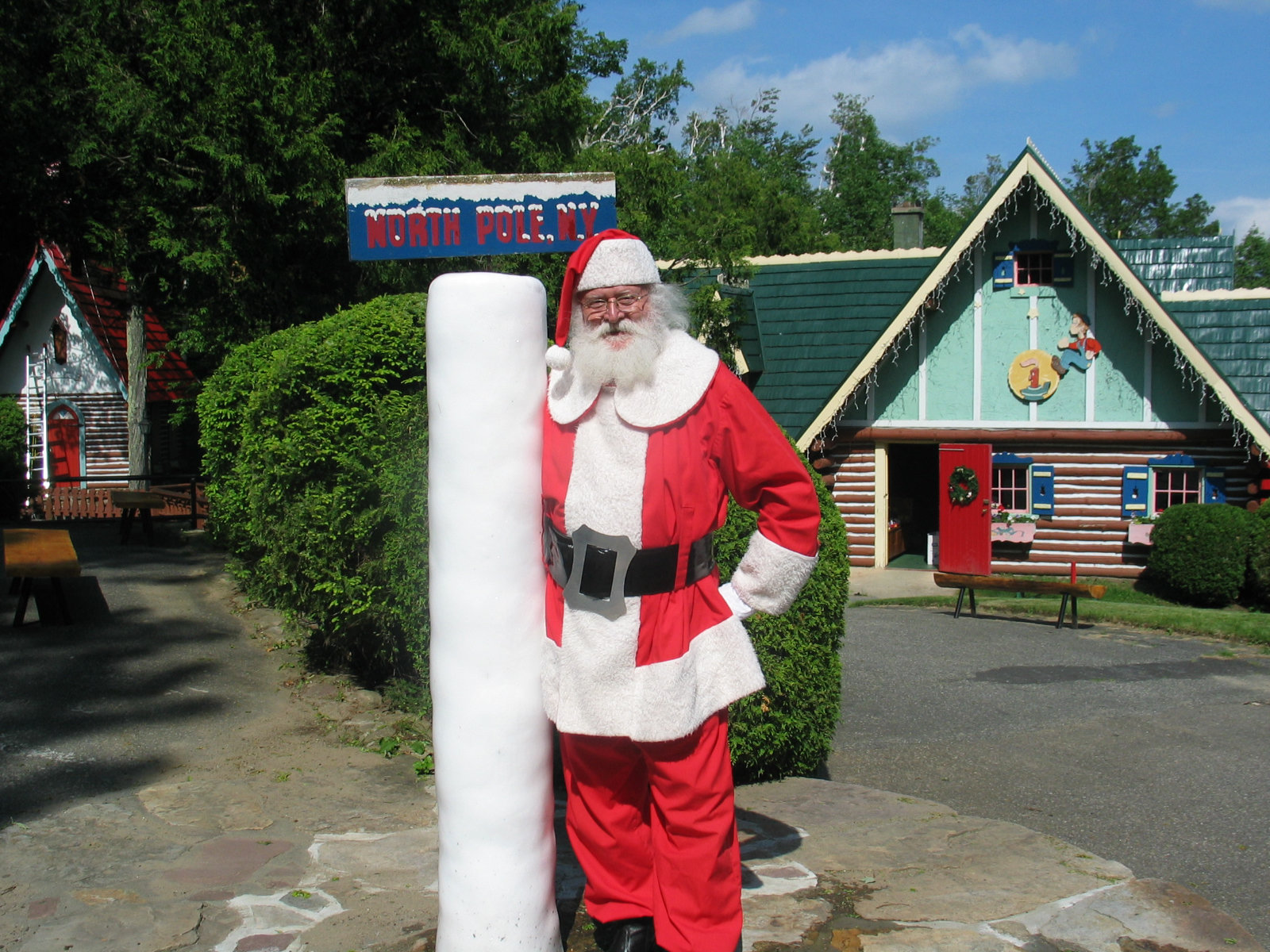

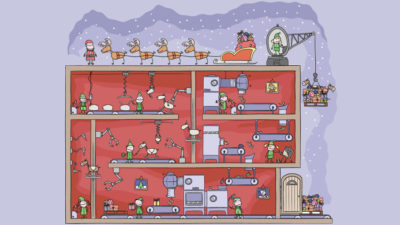

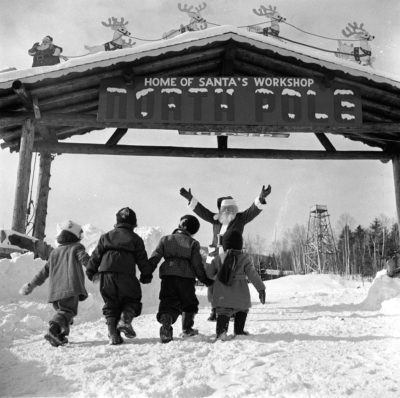
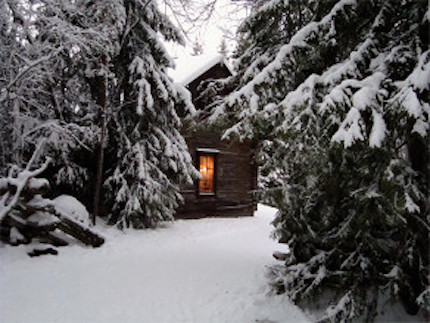
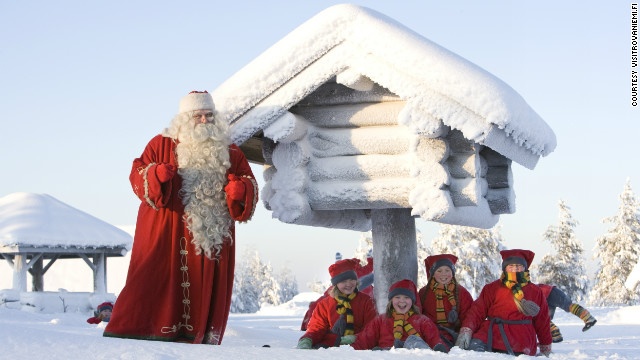
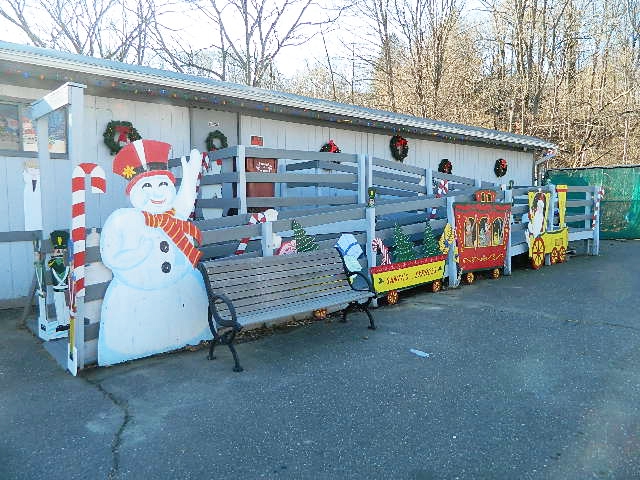
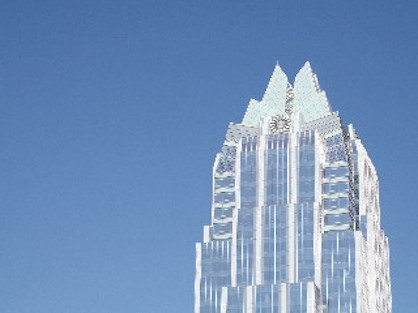
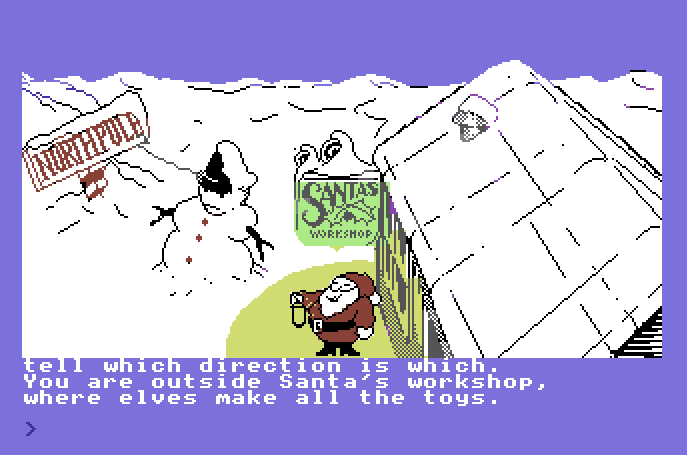
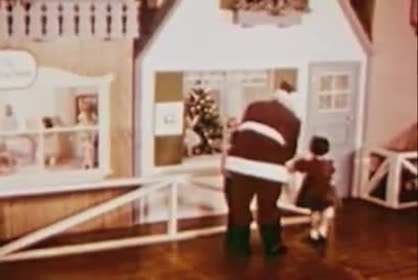
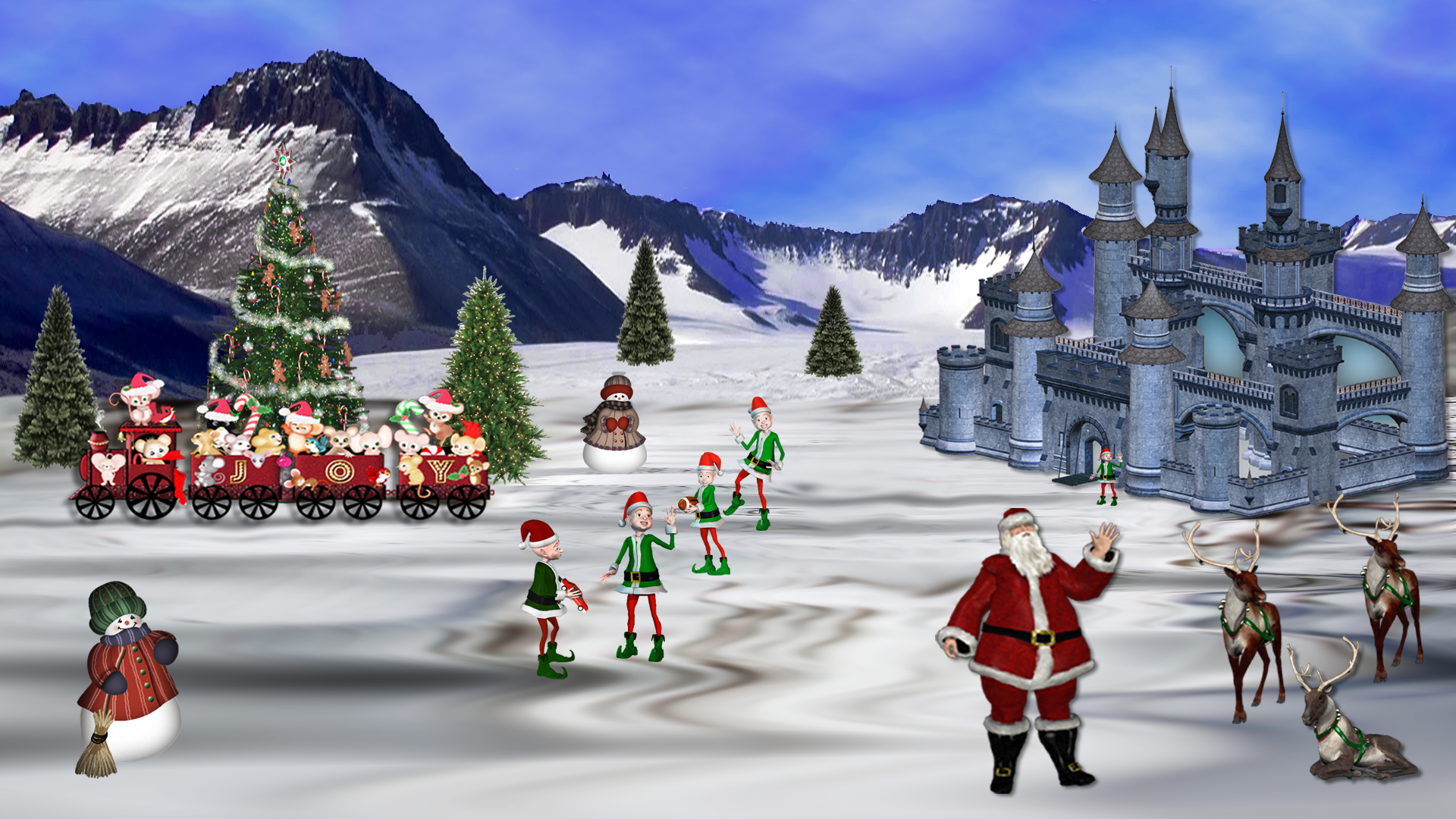
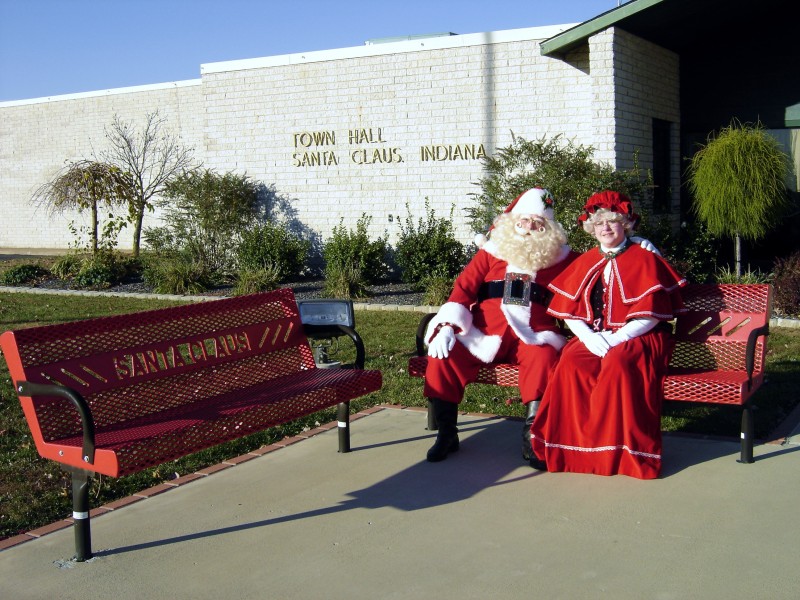
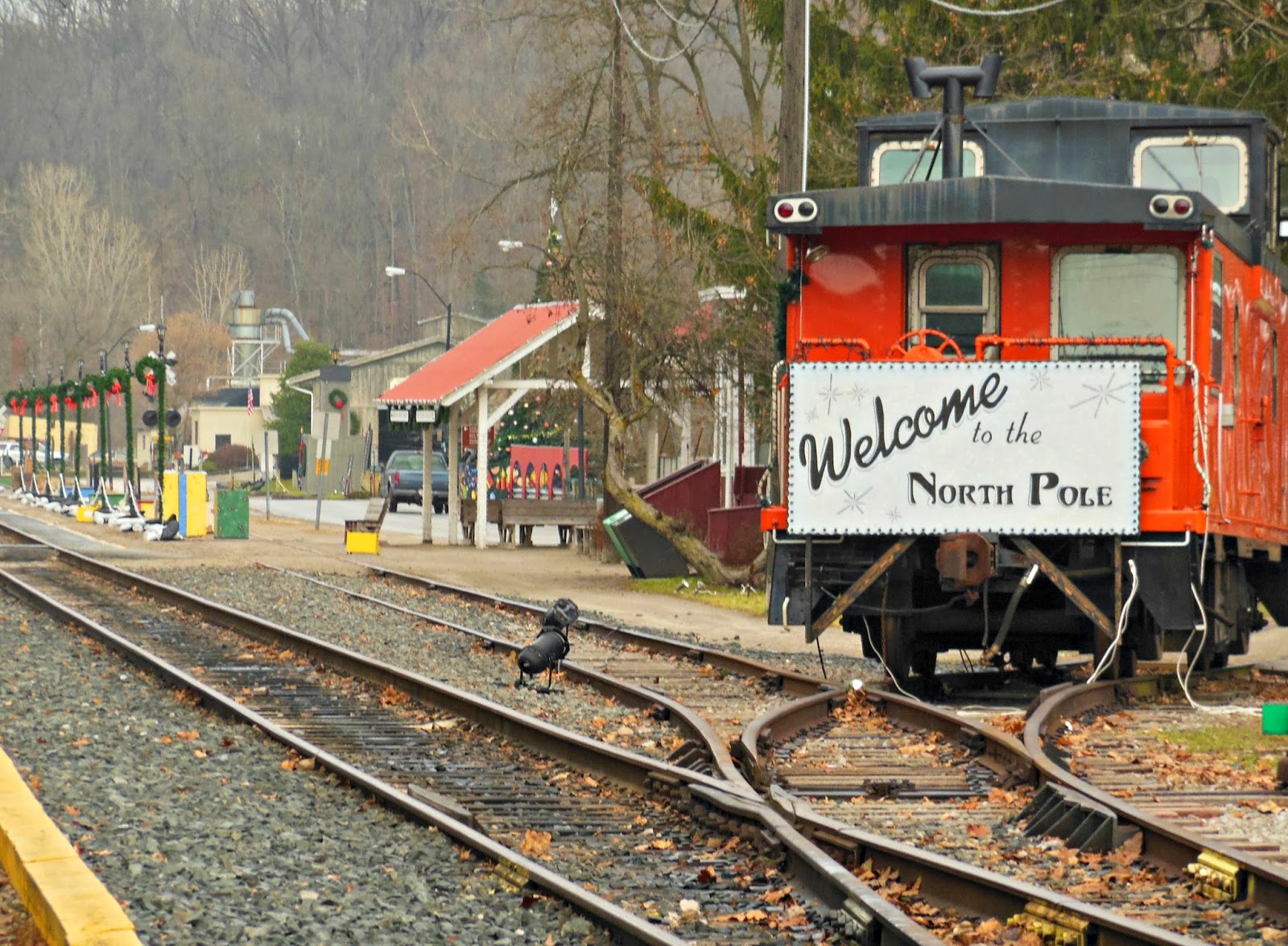
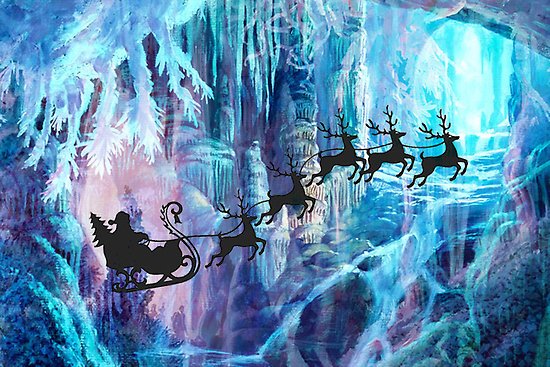
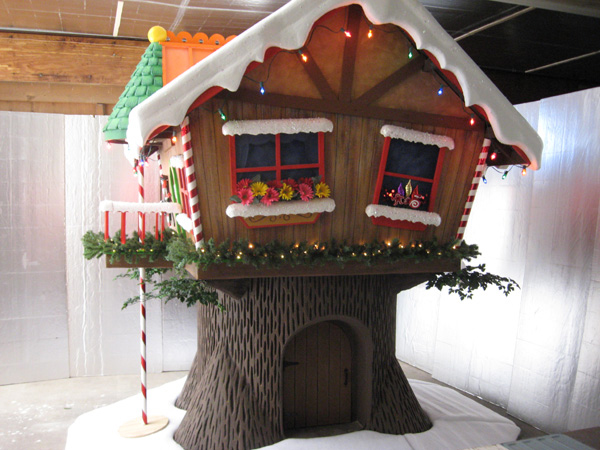
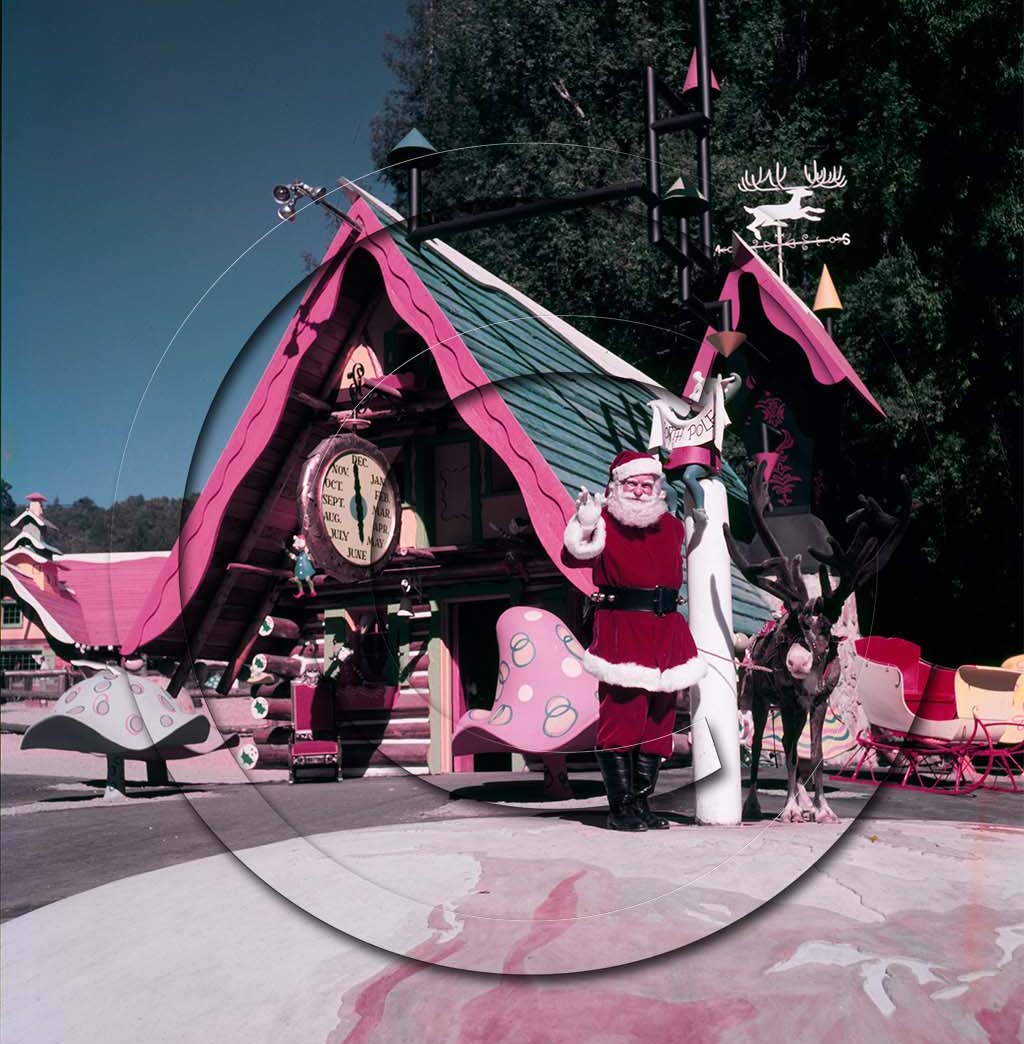

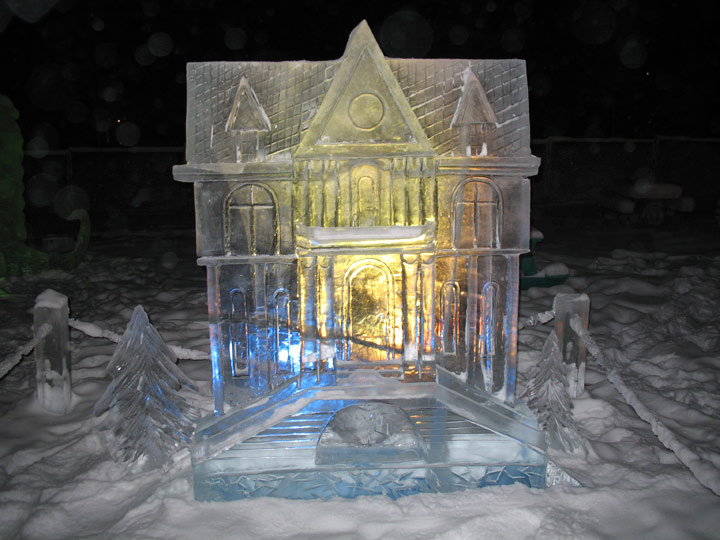

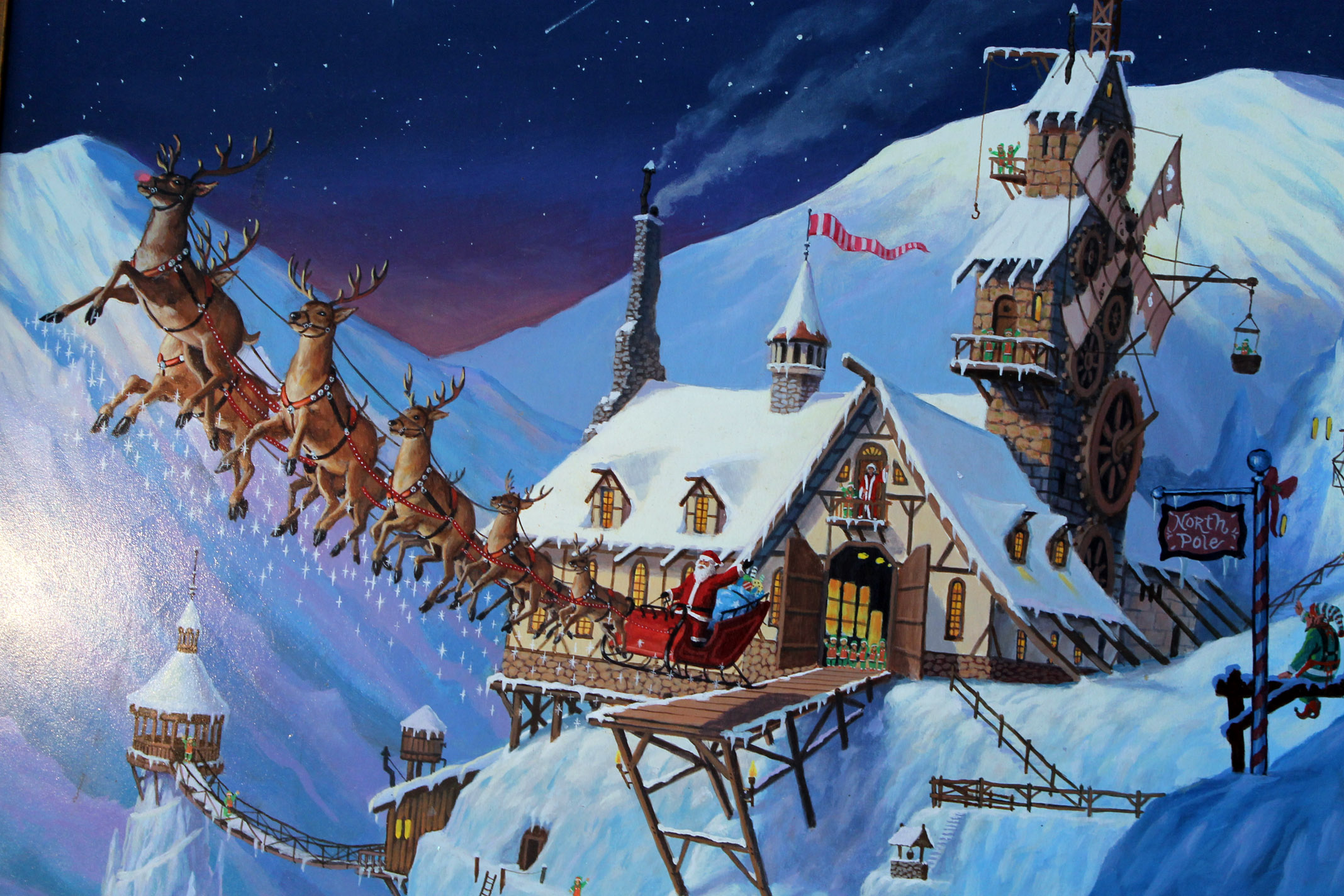
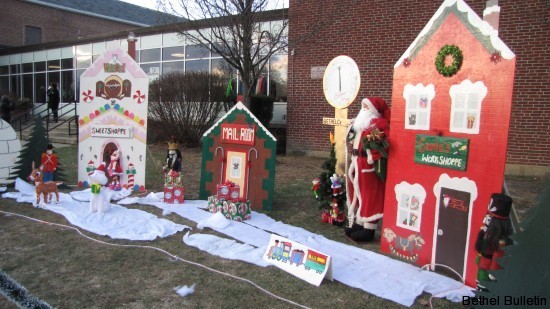
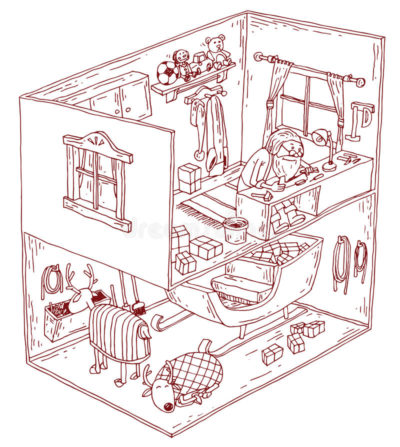
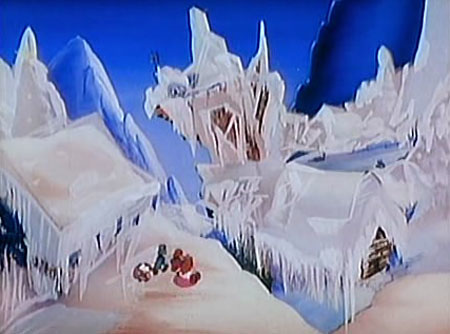
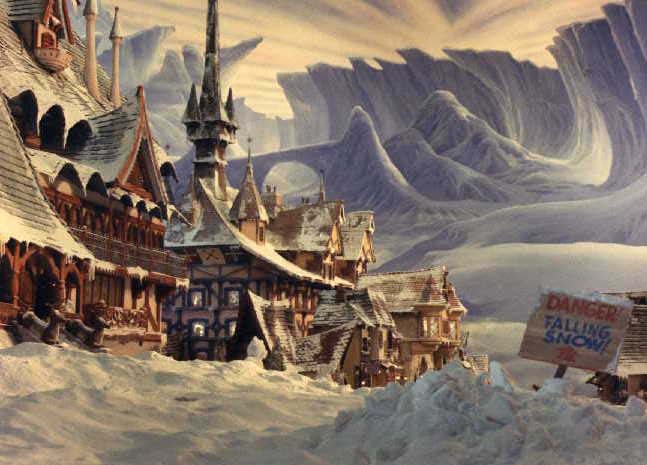
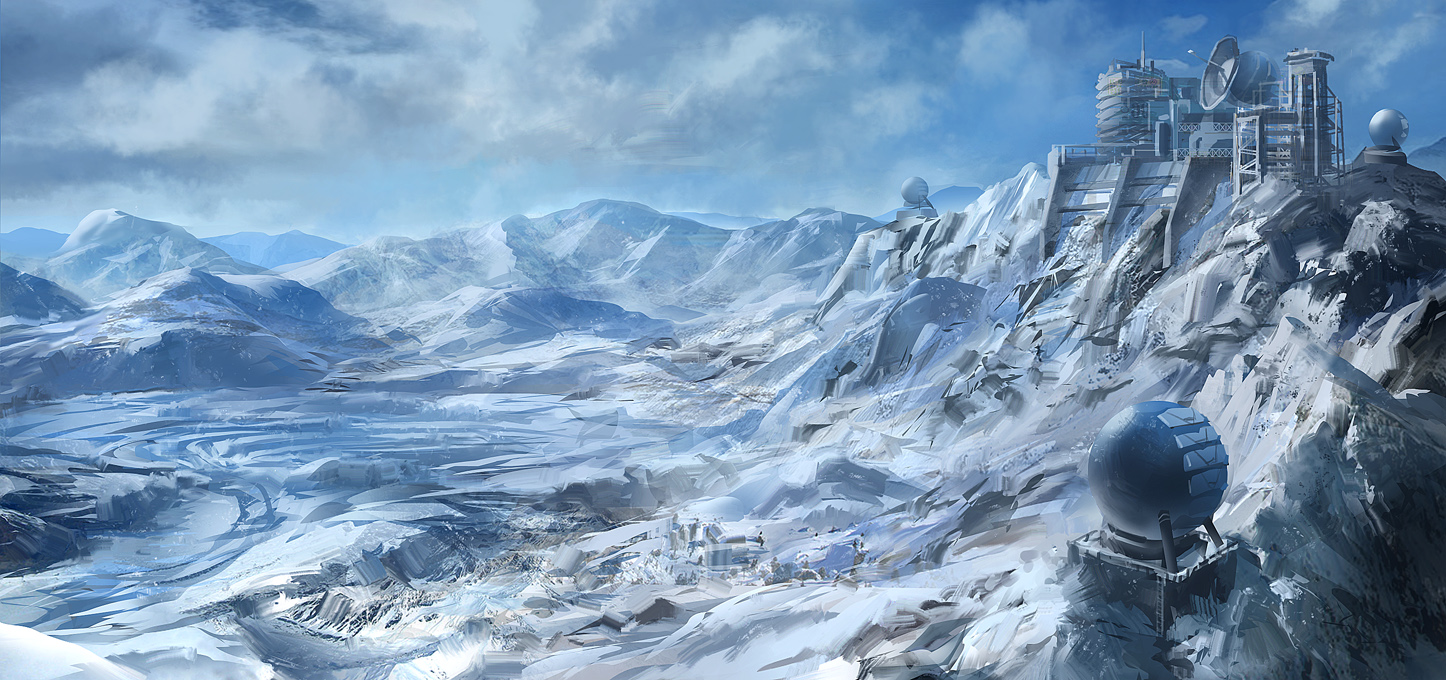
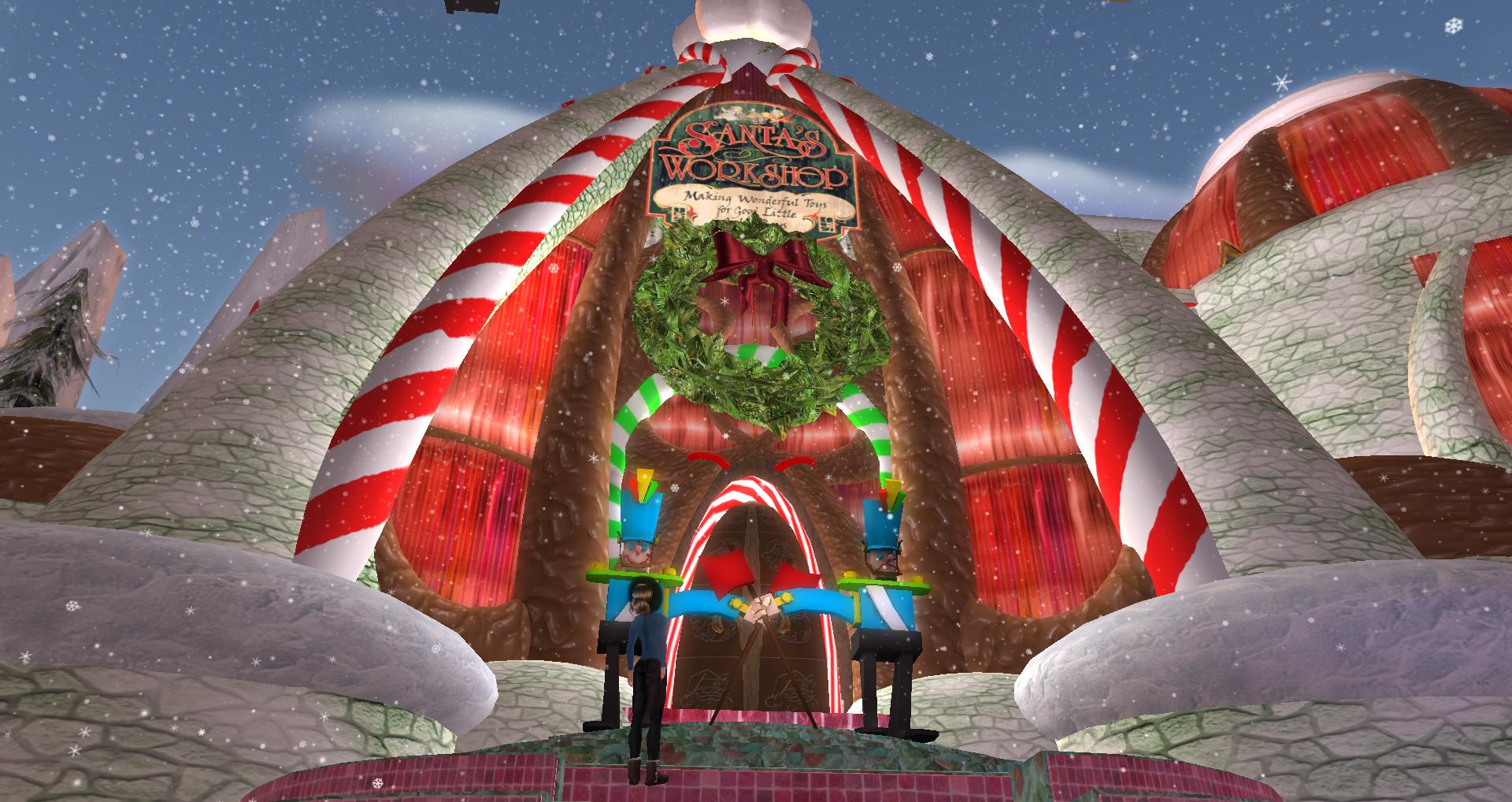



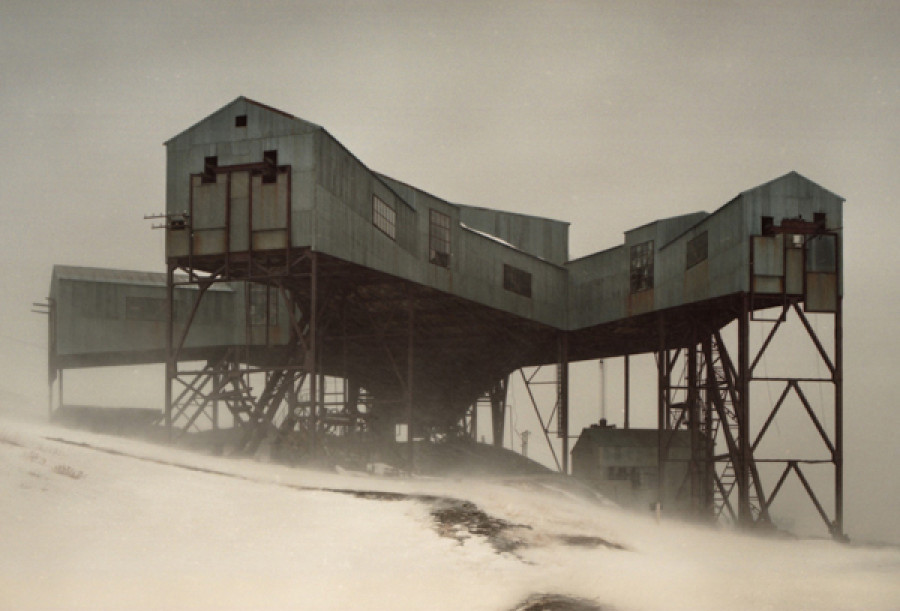
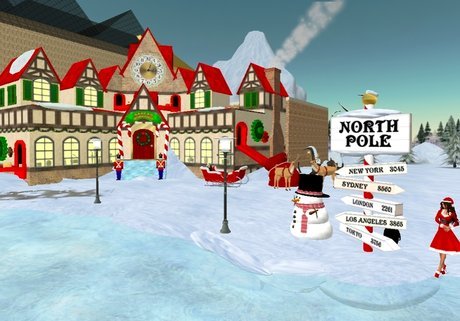
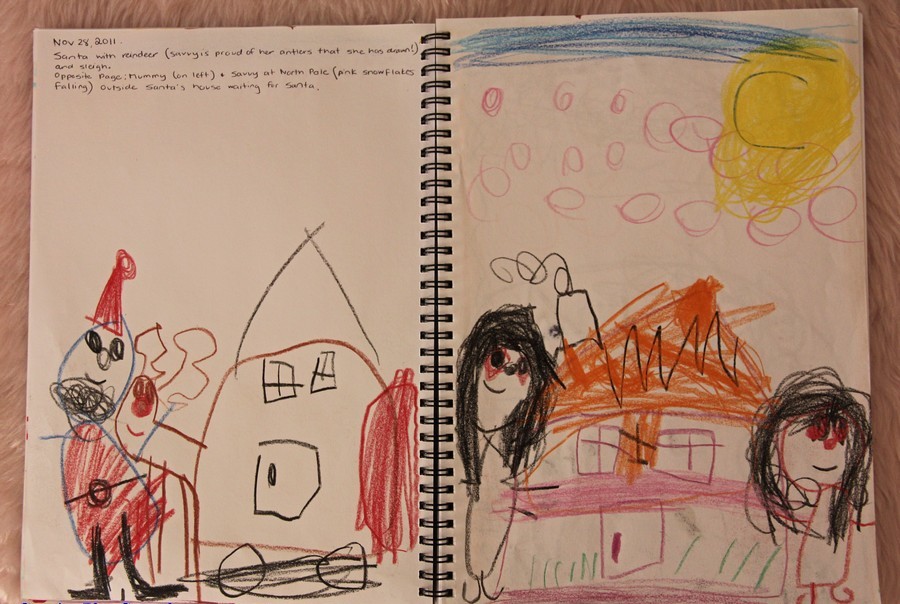
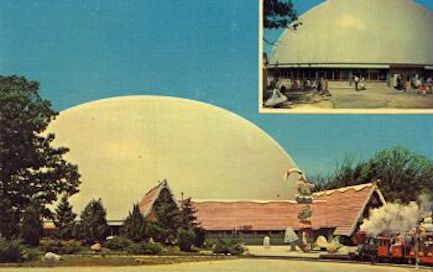


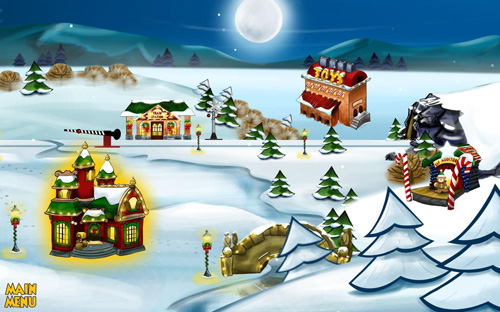

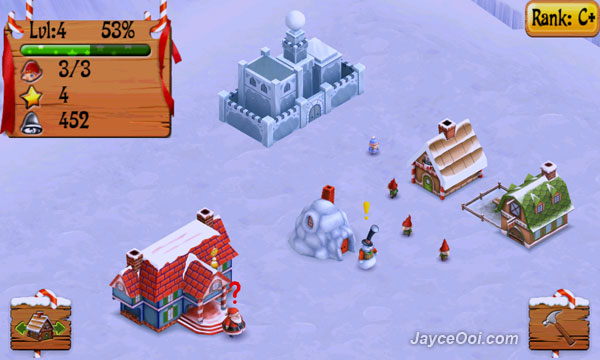

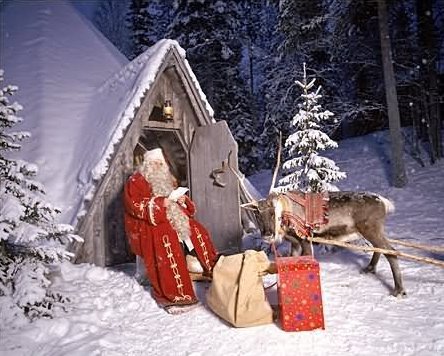
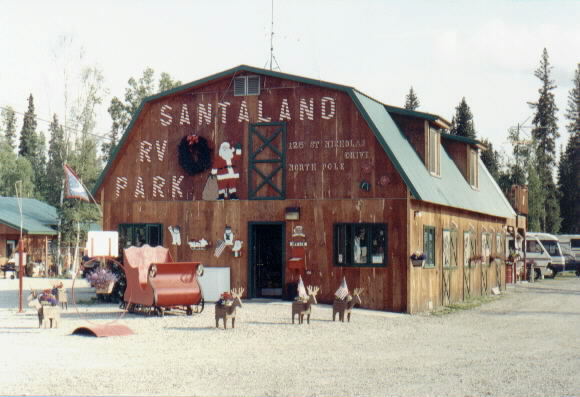
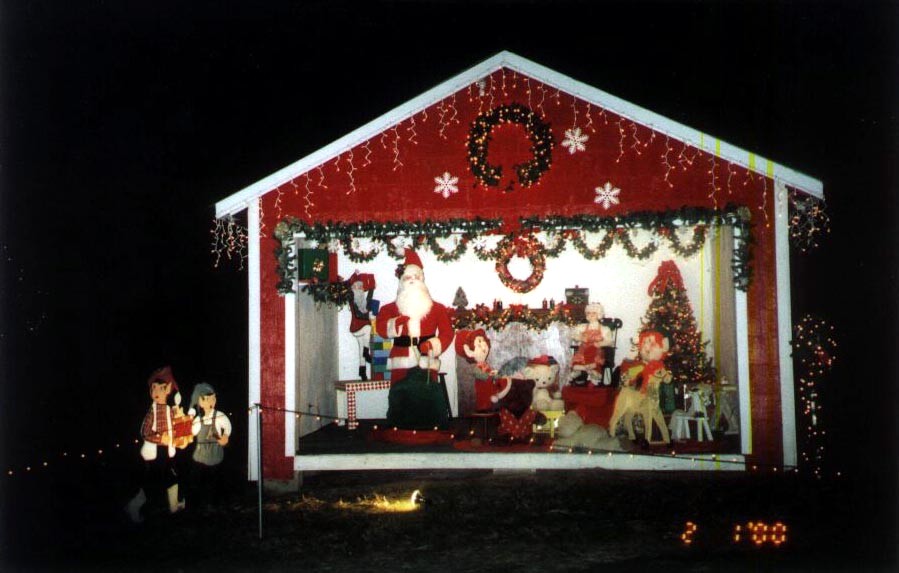
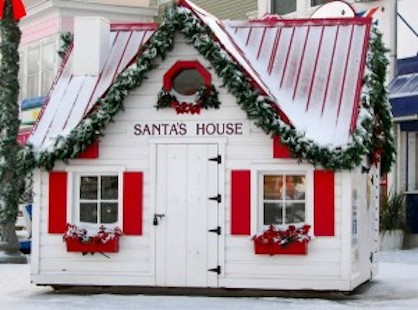
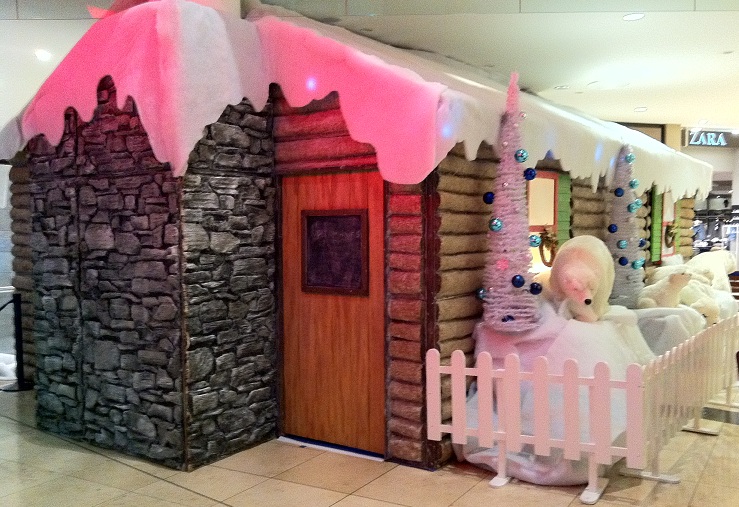
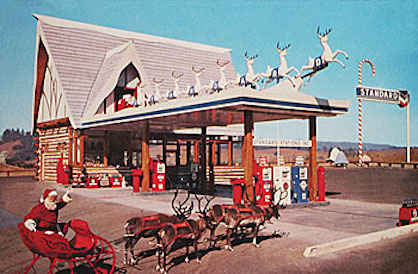

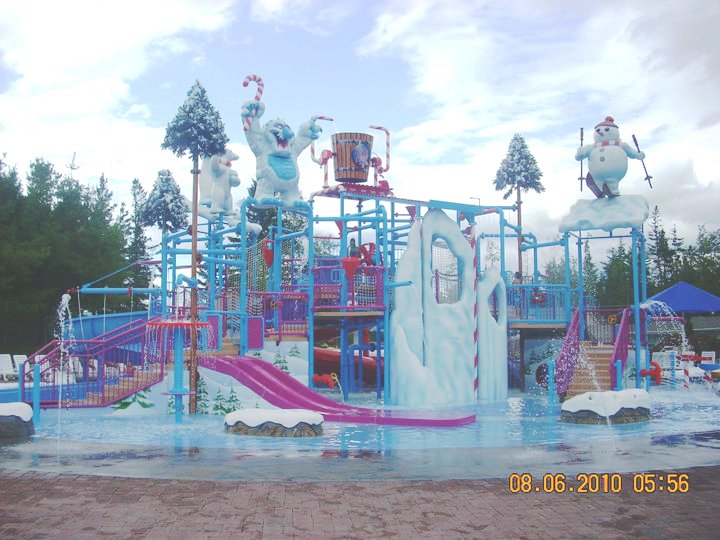
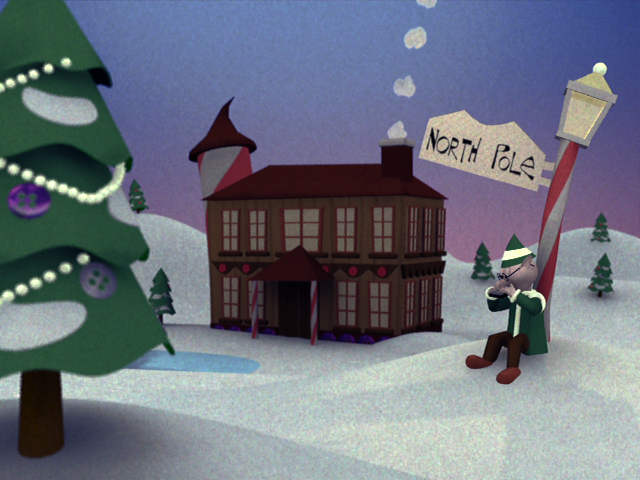
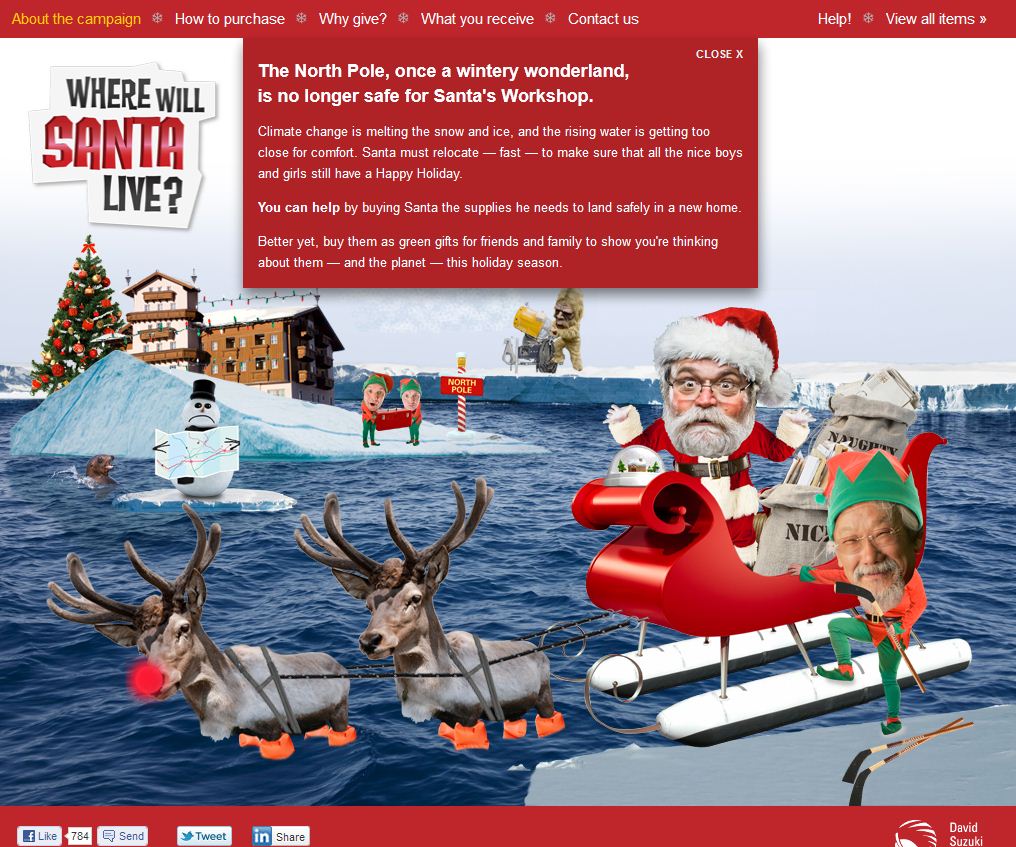
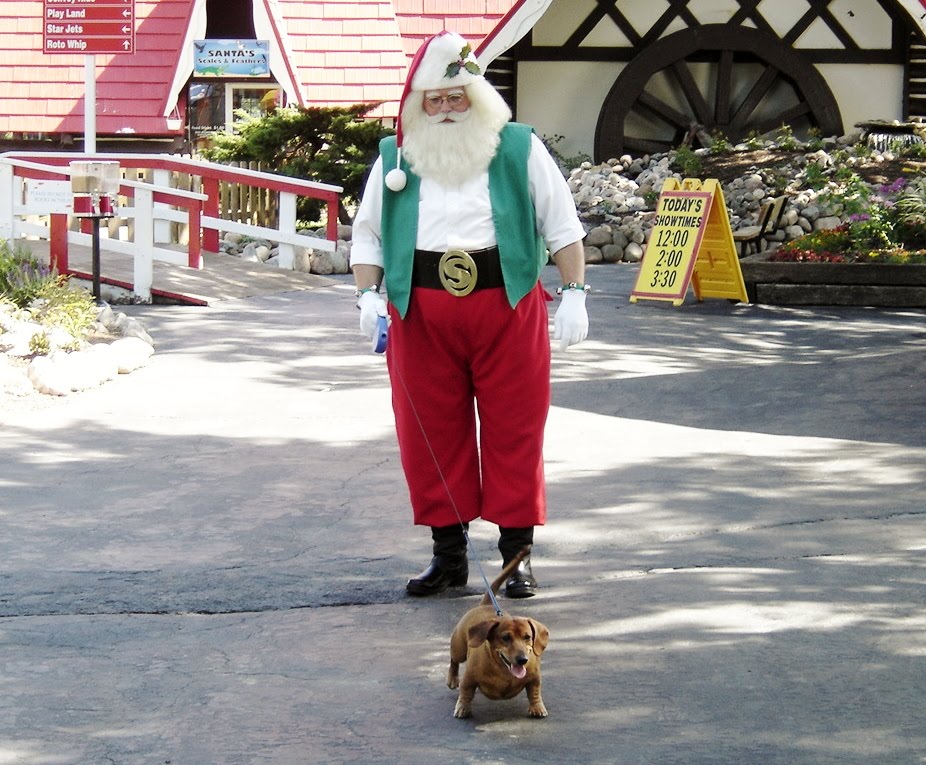
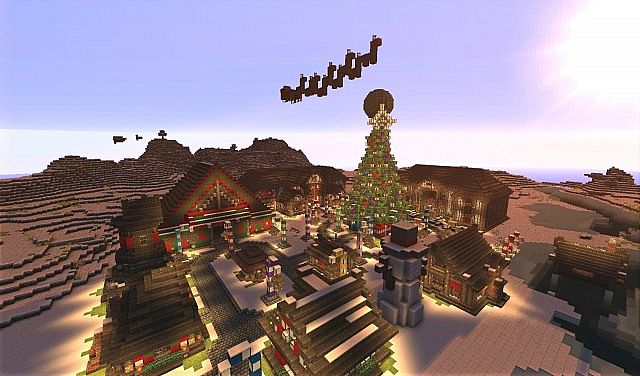
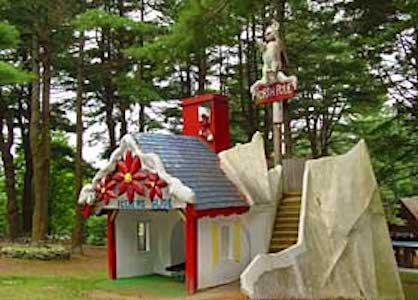


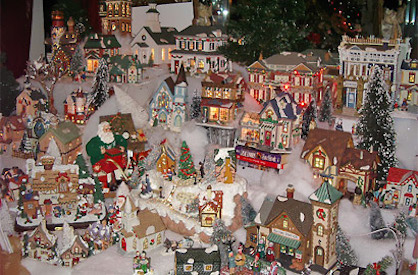
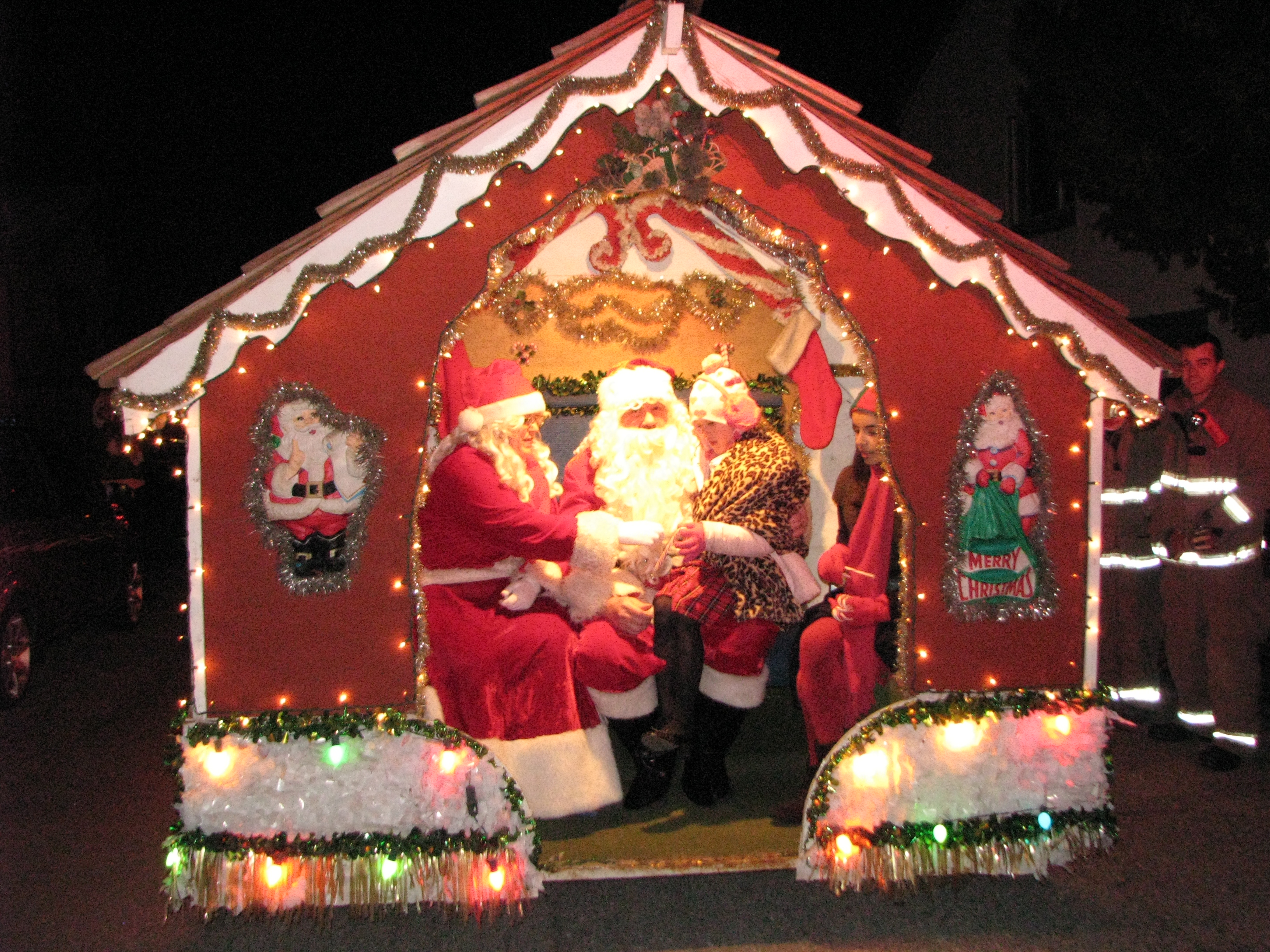
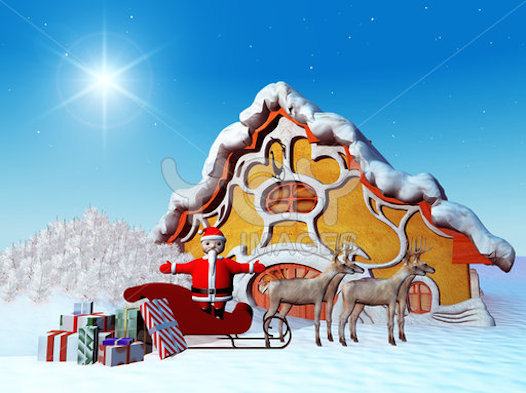


*
p.s. Hey. ** David Ehrenstein, Enjoy your celebration! ** Steve Erickson, Hi. Curious to read your Sleater Kinney review. The album never took hold with me. Everyone. Mr. Erickson weighs in on THE CENTER WON’T HOLD, the new album by the sonically revamped Sleater Kinney in exactly this spot. Cool about the Bonello interview. I’m interested to see if Americans take to ‘Zombi Child’. It was a gigantic bomb over here. ** _Black_Acrylic, Hi, B. She’s a good one to know, I reckon. Ah, damn, sorry about the no-go on your story. Don’t take it too hard. The gig of editor does not come with supernatural powers of taste and judgement. Submitting writing is always a crapshoot facing massive subjectivity and politics. Exactly, back on the horse. Go for it. ** Misanthrope, I know, she looks kind of irresistible. Maybe the re-meet with the pals will be even more glamorous than your wish. Life can be so surprising. Well, maybe not so much these days, but once upon a time, life was just one surprise after another. If people go WTF, they either aren’t writers or they’re not very sophisticated writers. ** Chris Cochrane, Well, howdy, Chris, old buddy! My pleasure, duh, on the Frame. Whoa, that is something new. Man, that sounds like a hell of a lot of work of a job. But super noble among, I’m sure, its other wealth giving properties. Four releases? Of what nature? Wow, that’s manna. France, or at least Paris, is definitely settling into fall. I had close my windows last night it was so nippy. And I am one happy home camper as a result. I think you guys are still trudging through the heat, from what I read? Thanks, yeah, it’s a good thing and interesting and fingers crossed about the novel re-entry. You sound equally busy. Sure would be good to see you. I’ve gotta figure out a way to swing through NYC. Hm. Take care, buddy. ** Right. I’m writing something about Santa Claus, and it was no doubt that preoccupation that lead me to decide to resuscitate this marina yet festive post from my old, murdered blog. Have fun? I think that’s its goal in life. See you tomorrow.




 Now available in North America
Now available in North America 
hey, i posted this in the previous post, but i guess it was 2 late already:
“hey, man,
long time no talk. missed u.
how r u? how u been?
any specific plans for today?
im sorry to bother u so much, but by any chance have u had any opportunity at all 2 look at that/those email(s) i sent u a while ago?
im sorry, its just that i really really desperately need 2 know ur opinion on some things.
im sorry.
good day, good luck,
hugs,
a.
Thanks to Global Warming Santa’s house will soon be gone.
Still. . . .
I remember when you first posted this day I replied that one of my favorite depictions of Santa’s house/workshops appeared in the children’s book BABAR & FATHER CHRISTMAS:
https://tygertale.files.wordpress.com/2012/12/wpid-photo-23-nov-2012-2334.jpg
Is it today you said you’d be seeing the new Tarantino? Let us know what you think…
Glad Santa could still sit down for an interview. I can’t remember where I read this, and it may just be some stoner’s feverish imagination, but there’s been some speculation that the concept of Santa and his flying reindeer originally came from amanita muscaria use among the indigenous people in northern Scandinavia. (That would explain the red-and-white clothing.)
Here’s my review of Roberto Minervini’s new documentary WHAT YOU GONNA DO WHEN THE WORLD’S ON FIRE?: https://www.gaycitynews.nyc/stories/2019/18/what-you-gonna-do-world-on-fire-roberto-minervini-gcn_2019_18.html
The Quietus gave me the go-ahead for my essay on FIGHT CLUB. I googled “FIGHT CLUB queer theory” today and saw that there are dozens of search results with similar ideas (mostly college students’ papers.) It’s due Sept. 20th, it should be published in late September/early October.
So Santa’s house even has its own call centre now? That map of North Pole Inc. really destroys the magic of Xmas.